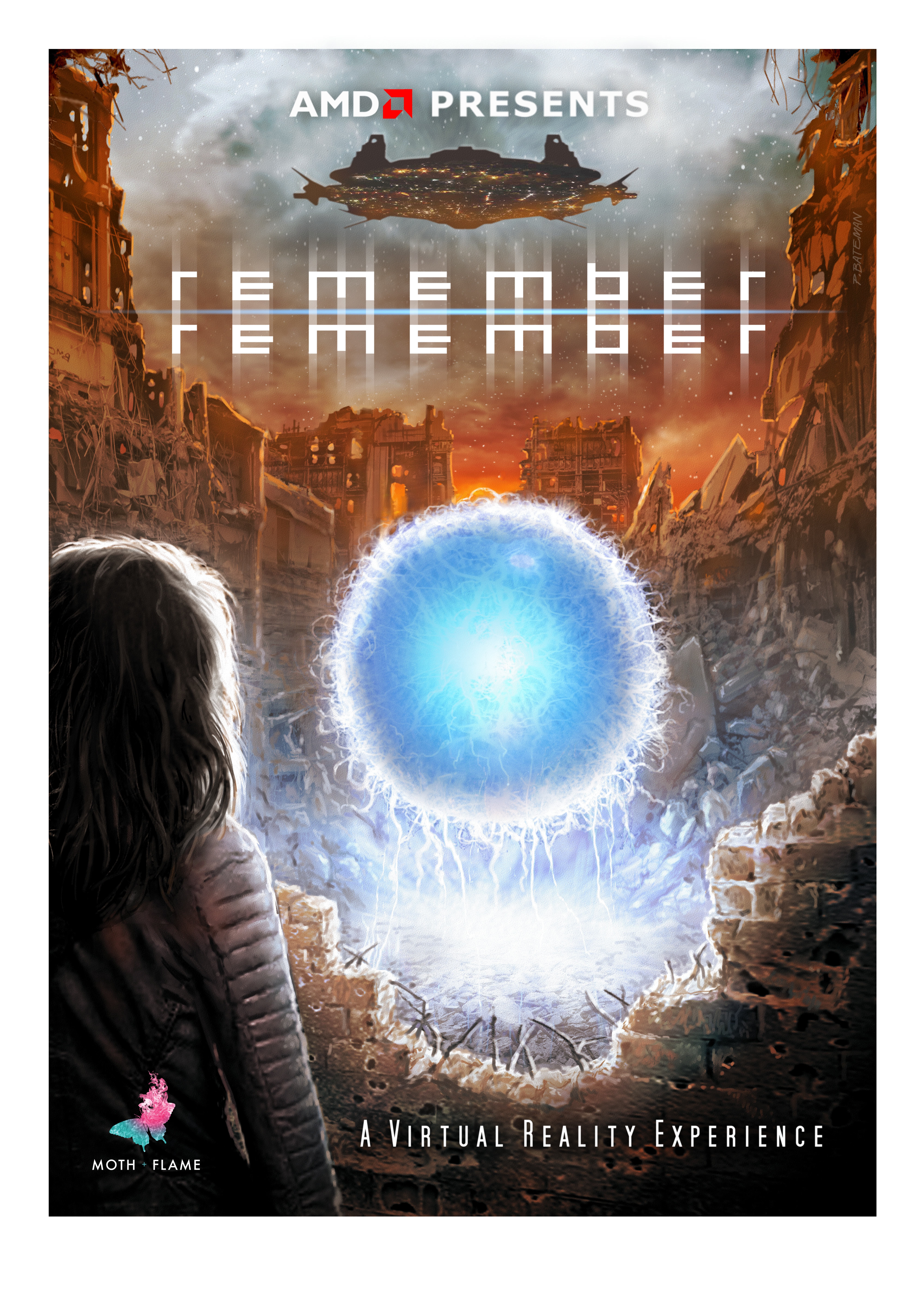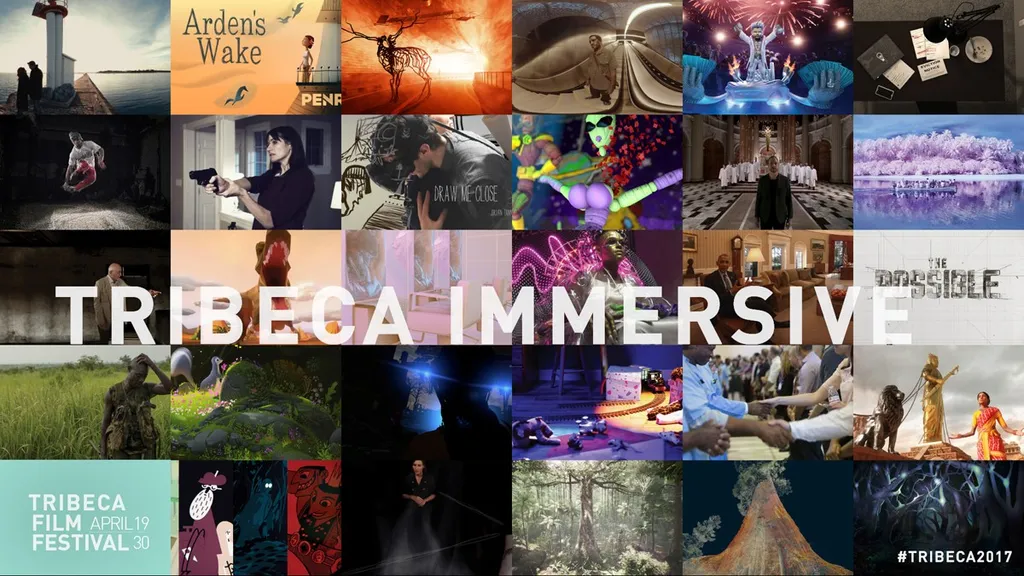In recent months, a handful of speakers and leaders in the VR community have started positing that the medium can serve as a time capsule for future generations to interact with the current moment in a more interactive way, certainly besting those rotting boxes we buried in schoolyards in the eighties. If this does come to pass, and civilizations 50 years from now come across this year’s Tribeca Immersive pieces, they’ll think that 2017 was a very dark time, indeed. This year’s lineup, with 29 pieces in total, offers almost no respite from the worries of the world — but should it?
The first point, of course, is that context matters — Tribeca is a serious film festival overall, so keeping VR selections in the same vein makes sense. With that in mind, it’s always worth pointing out that the art form is still new, and for at least a chunk of the attendees will be their first experience with the technology. If someone comes to learn about VR, spends an hour jumping between headsets and witnessing devastation, and then leaves wanting to go home and cry, will they be excited to come and try VR again?
That being said, the lineup we have is what we have — and it breaks down into roughly three buckets. The first bucket is social and political content, firing up the old Chris Milk empathy machine. Interestingly, Milk’s pieces are some of the less intense ones in the lineup — The Possible: Hoverboard is a look at the creator of the Omni Hoverboard; Life of Us is a story of the Earth’s evolution; and Hallelujah is a VR experience of the Leonard Cohen track.

Also on display though will be the Last Goodbye, an interactive story of a Holocaust survivor touring a concentration camp; Becoming Homeless, where the viewer experiences the challenges of life without a home; and Step to the Line, about life inside a maximum security prison. All are worthwhile artistic endeavors, but it does beg the question of where viewers are supposed to go once the headset is off. This has been one of the biggest problems with socially conscious VR — if all the user does is experience something for a few minutes and then walk away relieved they aren’t in a refugee camp, it amounts to nothing more than tragedy porn. If the pieces can direct people to concrete actions and solutions (not an easy task) then they can accomplish something real and worthwhile.
The second bucket is narrative experiences, and these aren’t any more cheerful than the social and political content. Moth+Flame’s Remember Remember (full disclosure: I have consulted on projects for Moth+Flame but was not involved in the production of this piece) explores false memories and virtual gaslighting against a world-destroying alien invasion; Alteration tells to story of an AI experiment that turns out to be vampiric; Sword of Baahubali asks users to find a warrior’s sword and is based on a popular Indian film. With the exception of the last piece, most of the narratives explore loss and tragedy, again reflecting the dark mood of the creative community.
The third bucket is what I’ve dubbed experiential fantasy; it’s a bit of a catch-all term for experiences that fall outside the documentary or narrative realm but are still participatory. And again, even these have a menacing air — Boabab’s Rainbow Crow starts with carefree forest animals who realize their lives are in danger; Sergeant James explores whether the monsters under a child’s bed are real; and Bebylon Battle Royale imagines immortal babies attacking one another. It’s basically a chance to participate, at least virtually, in any number of dystopian fantasies that seem only less real than what’s happening on the streets outside.
Again, Tribeca is not representative of all VR pieces, and should be seen for what it is. But it’s also one of the most prestigious film festivals around, and what it tells us about the state of VR is that many creators are mirroring the current political and social mood — one of fear and mistrust.
Cortney Harding is a contributing columnist covering the intersection of VR and media. This column is an editorial product of TVREV, produced in partnership with Vertebrae, the native VR/AR ad platform.


























